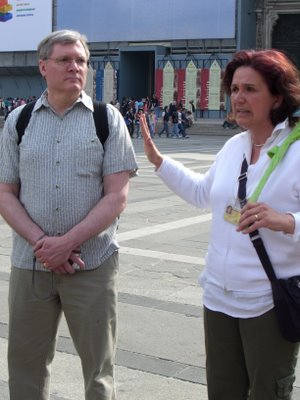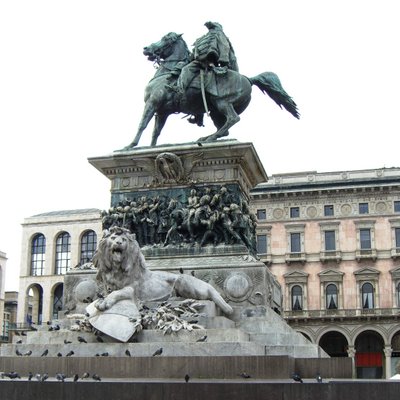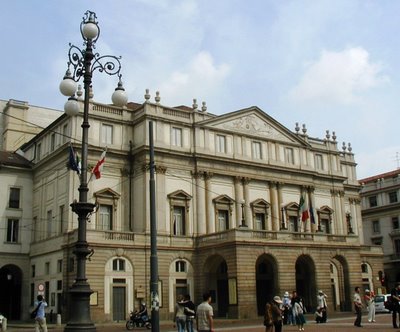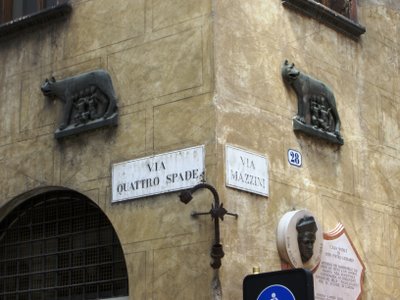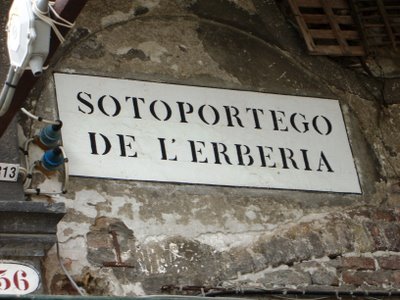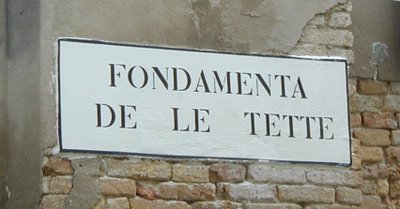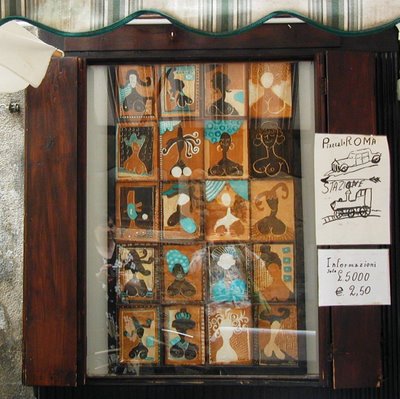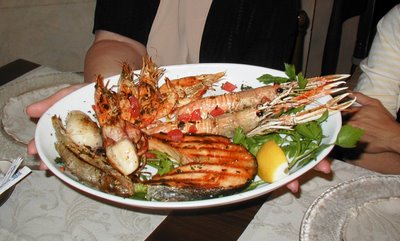Weather we should depend on the meteorologist.
All it takes a few warm, sunny February days, and people start thinking of spring. You see them buying seed packets and little potting trays.
Ah, the folly. Every year the false promise of spring dupes many of us into putting away the parka and snow shovel a few weeks too early.
Yesterday the Inland Northwest saw a resurgence of winter weather, with snow and rain across the region. Still, residents of the Palouse were not quite prepared for heavy snow that blanketed the area rapidly in the afternoon. I was sitting in a doctor’s office with my son between 3 and 4, when big snowflakes began swirling. By the time we were done with the appointment, my car was covered with nearly an inch of the stuff!
Last night, I received an e-mail on the subject, from a listener who works on the Washington State University campus in Pullman. It reads, in part:
“…I realize that we have listeners all over the area but I assume it originates here & we like to know what weather to expect. Like today, we received no warning of this, pardon the pun, ‘coldsnow’.”
This, in part, was my reply:
“...to your complaint that I did not give any warning of snow in the afternoon, let me show you the 4AM National Weather Service forecast for the Palouse, which I used to prepare my announcement:
IDZ003-WAZ033-222300-
IDAHO PALOUSE-WASHINGTON PALOUSE-INCLUDING THE CITIES OF...MOSCOW...PULLMAN
402 AM PST THU FEB 22 2007
TODAY: SNOW IN THE MORNING...THEN RAIN OR SNOW BY MIDDAY.
SNOW ACCUMULATION OF 1 TO 2 INCHES ABOVE 2500 FEET THIS MORNING. (emphasis mine.) HIGHS IN THE LOWER 40S. SOUTHEAST WIND 10 TO 15 MPH IN THE MORNING SHIFTING TO THE WEST IN THE AFTERNOON. CHANCE OF PRECIPITATION 90 PERCENT.
As you can see, there was no indication that the area would be hit hardest with snow in the afternoon. In fact, I was out with my young child when the snow began coming down hard, caught unawares as many other people were.”
I forgot to tell the listener that the updated forecast issued at 6:30AM showed no change to the forecast; that only came at 3:30PM:
IDZ003-WAZ033-231145-
IDAHO PALOUSE-WASHINGTON PALOUSE-INCLUDING THE CITIES OF...MOSCOW...PULLMAN
332 PM PST THU FEB 22 2007
TONIGHT: MOSTLY CLOUDY WITH NUMEROUS SNOW SHOWERS THROUGH EARLY EVENING...THEN SCATTERED SNOW SHOWERS. SNOW ACCUMULATION NEAR AN INCH MAINLY ABOVE 2000 FEET. LOWS IN THE MID 20S. WEST WIND 10 TO 15 MPH. CHANCE OF PRECIPITATION 70 PERCENT.
But get this: a snow advisory for the Palouse, sent at – 7PM!!!
IDZ003-004-WAZ033-230600-
/O.CON.KOTX.SN.Y.0011.000000T0000Z-070223T0600Z/
IDAHO PALOUSE-CENTRAL PANHANDLE MOUNTAINS-WASHINGTON PALOUSE-INCLUDING THE CITIES OF...MOSCOW...ST. MARIES...KELLOGG ...PINEHURST...OSBURN...WALLACE...MULLAN...PULLMAN
658 PM PST THU FEB 22 2007
...SNOW ADVISORY REMAINS IN EFFECT UNTIL 10 PM PST THIS EVENING ABOVE 2500 FEET...
At my house just east of Moscow, the snow was pretty much done by the time that advisory was issued. Then again, I don't know what conditions were in the areas to the north of the Palouse named in the advisory, and they may well have had to deal with snowfall until 10PM. More on my reply to the Pullman listener:
“Had the weather service revised its forecast at any point during my shift (which ends at 9AM), the information would most certainly have been announced. I take this responsibility seriously, but the reality is, I am not a meteorologist; I depend on forecasts from the National Weather Service for information to relay to listeners.”
I’ve worked at Northwest Public Radio for 14 years now, and the subject of HOW to deliver weather forecasts has been a big debate the whole time. Just take a look at the size of our coverage area, and that explains part of the problem. If we had unlimited time to discuss the weather vagaries from Puget Sound to the Blue Mountains, from British Columbia to the Camas Prairie of Idaho, that would be one thing: but in radio, we have so much to say and so little time in which to do it. Live and die by the clock!
That said, many's the afternoon I've taken my dogs on a long walk, following a whole morning announcing a forecast of partly sunny skies. I've ended those afternoons drenched, shivering...and absolutely mortified.
So, the meteorologists have some ways to go toward accuracy, though I'll say they do a good job most of the time. With all their fancy satellite images and moving maps, it's hard to remember they don't control the speed and direction of a jet stream!
That being said, I am always open to comments and suggestions. REALLY.
Meantime, you can follow this link to the latest weather forecast for your area on the Northwest Public Radio website.
.








